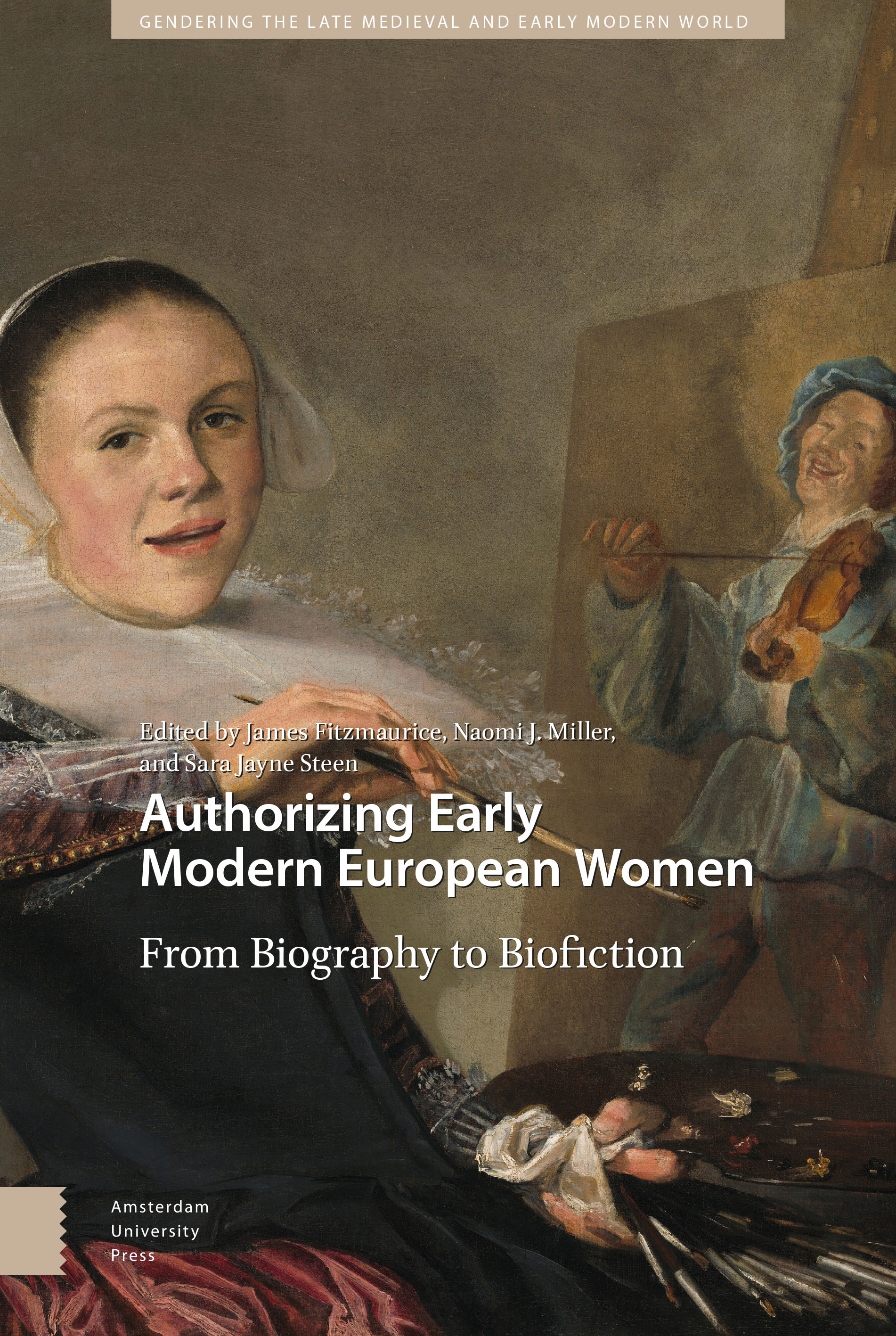5 - “Lanyer: The Dark Lady and the Shades of Fiction”
Published online by Cambridge University Press: 16 December 2021
Summary
Abstract
This essay considers the work of three novelists and two playwrights who use information from the life of the poet Aemilia Lanyer to create a fictionalized Emilia, in each case contending with the historian A. L. Rowse's claim that she was the “Dark Lady” of Shakespeare's sonnets. The essay emphasizes the use of darkness as a trope for exotic difference, sexuality, and disguise. It considers whether Rowse's founding fiction is a satisfactory basis for these further biofictions, or merely an inescapable one, and contrasts them with Lanyer's own poetry.
Keywords: Aemilia Lanyer, Dark Lady, fiction, darkness, biofiction
“The poet […] nothing affirms, and therefore never lieth,” says Sir Philip Sidney in his Apology for Poetry (p. 123). The five fiction writers (synonymous with “poets” for Sidney) that I present later in this essay, though they purport to figure the actual poet Aemilia Bassano Lanyer, should therefore be granted considerable leeway by the fact-oriented biographer and editor, as I hope I do. But there is a shade of fiction pretending to be fact that is an inevitable prelude to any fictionalizing of Lanyer: A. L. Rowse's belief that she was “the Dark Lady” of Shakespeare's sonnets.
We know rather more about Aemilia Lanyer than we do about most women of the minor gentry in her time. In addition to church records and information from two lawsuits, her several visits to the astrologer and diarist Simon Forman in the 1590s led him to record details of her background and life, including her affair with the Queen's cousin, Henry Carey, Lord Hunsdon, Elizabeth's Lord Chamberlain. Lanyer visited the popular astrologer to seek information about her miscarriages, and about whether her husband, on an Ireland foray with the Earl of Essex, would be knighted, allowing her to rise in class and become a lady. These facts, and the lineage and family circumstances she reported which conform to public records, provide useful additions to what we know from those records and the self-presentation she later makes in her book of poems. Forman's obvious attraction to her, however, along with his frequent efforts to seduce (“halek”) his clients, blur the portrait. He apparently tried his best, reporting at least two attempts that may have involved some fondling, “yet she would not halek” (Woods, p. 26).
- Type
- Chapter
- Information
- Authorizing Early Modern European WomenFrom Biography to Biofiction, pp. 57 - 70Publisher: Amsterdam University PressPrint publication year: 2021



